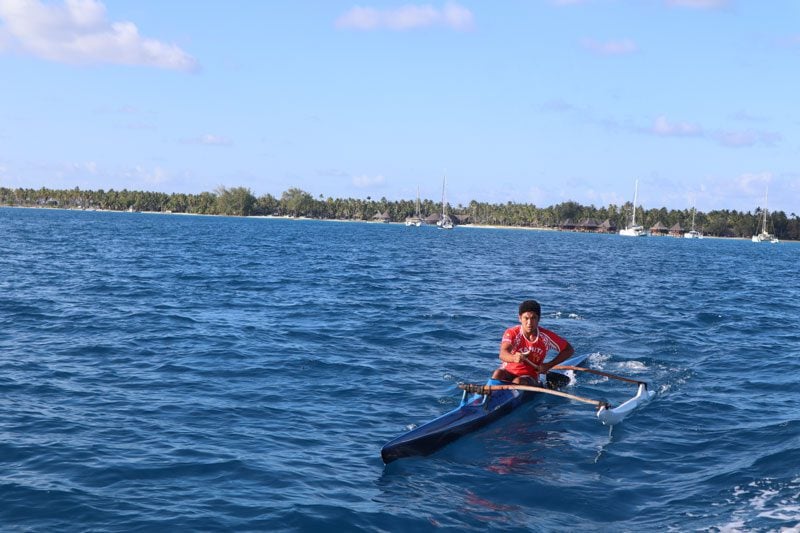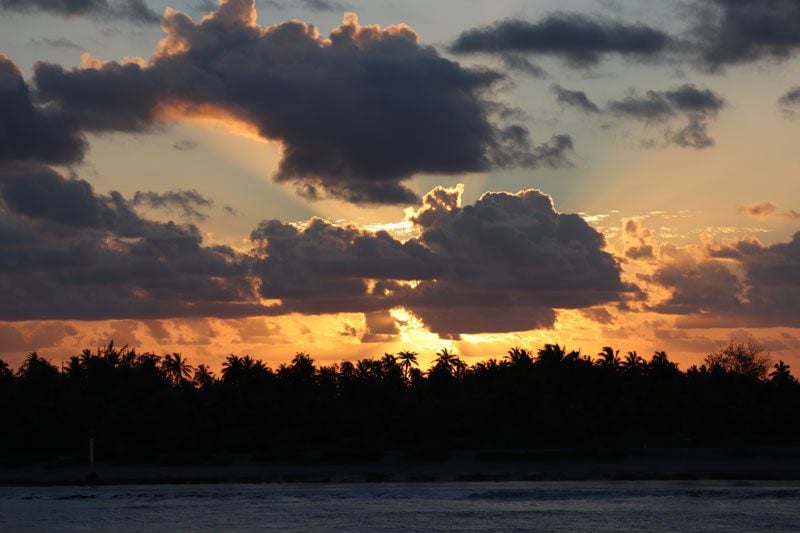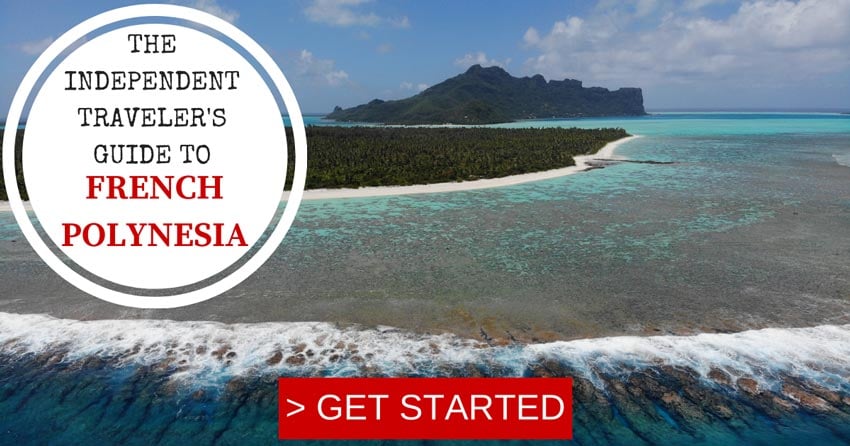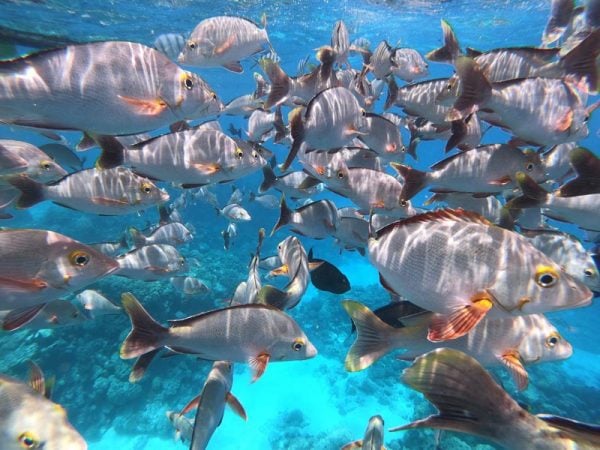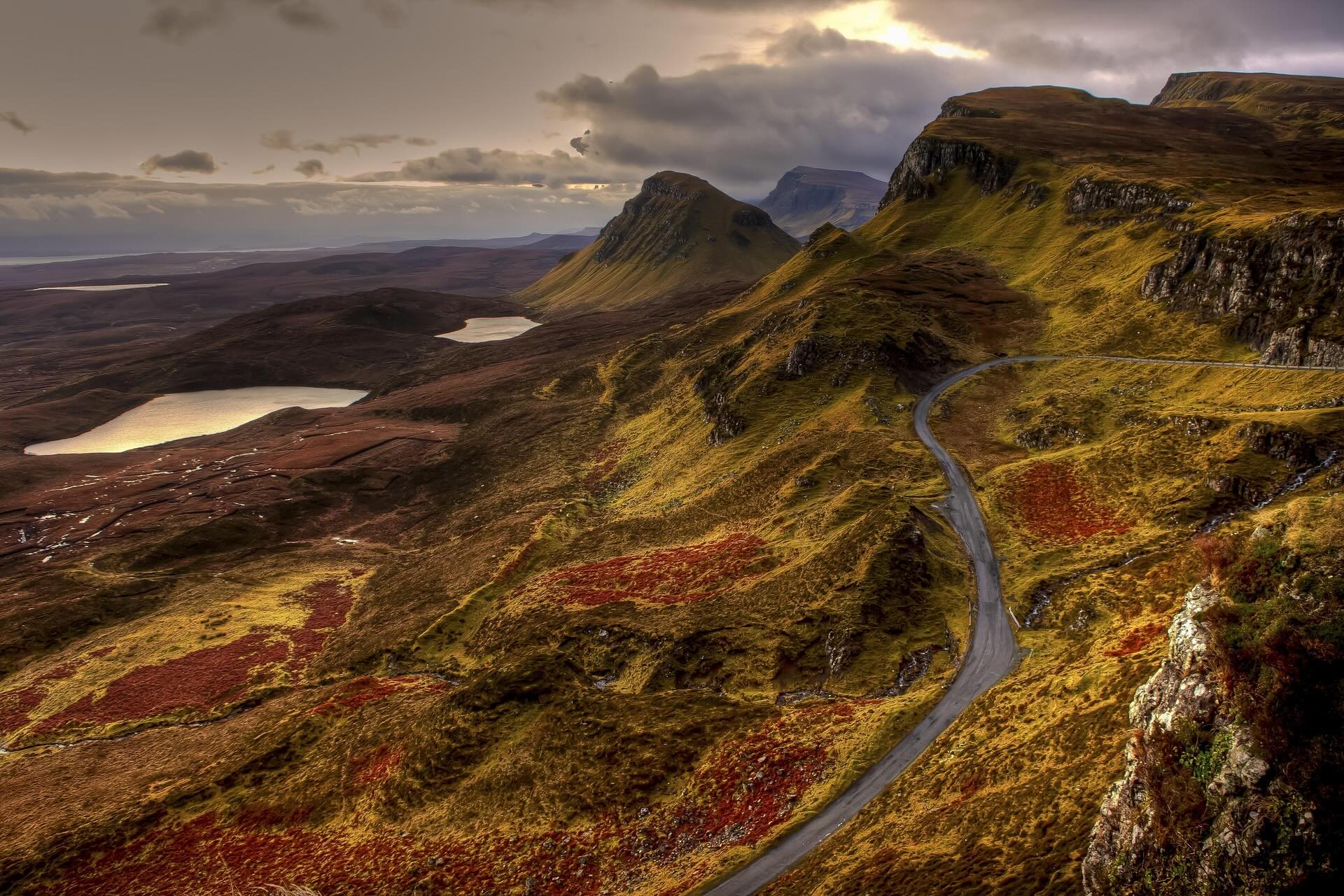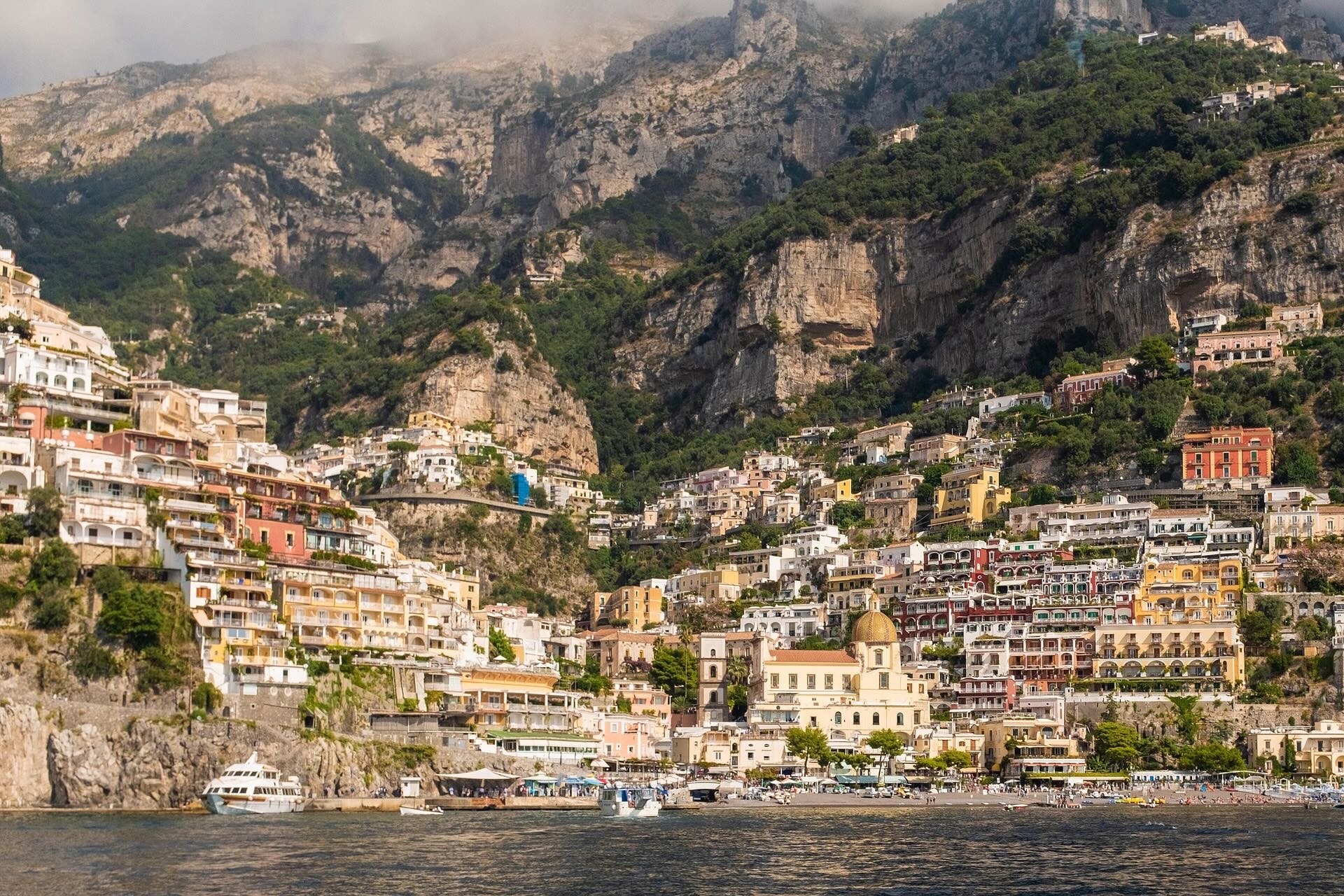Rangiroa Travel Guide
Like giant pearl necklaces floating in the warm blue ocean, the Tuamotu Atolls are like nothing you’ve ever seen. Thin slivers of coral lime surround endless lagoons, where traditional Polynesian life moves extra slow and rich marine life thrives beneath the gentle waves. Rangiroa is known as ‘the Infinite Lagoon’. It’s not only the second biggest atoll in the world, but also one of the best scuba diving destinations. Plan your trip to paradise with this Rangiroa Travel Guide.
About This Rangiroa Travel Guide
I spent three months in French Polynesia as part of a six-month backpacking trip across the South Pacific Islands and have since returned to Rangiroa on two more occasions. This Rangiroa travel guide was written based on my experiences and extensive research.

Heading to French Polynesia? In-depth island guides to all 5 archipelagos await you, including sample itineraries and essential travel tips & tricks.
Tahiti, Tailor Made!
The Islands of Tahiti are among the last places to be colonized by mankind, 118 islands, each with its unique personality.
Get expert advice and assistance with planning your trip to the destination where tropical dreams come true!
Why Should You Visit Rangiroa?
There are three main reasons to visit Rangiroa.
Scuba Diving
Rangiroa is for scuba diving, what Bora Bora is for the ultimate luxury vacation. It’s one of those destinations on every serious diver’s bucket list. Rangiroa is known for having the greatest chances of seeing ‘the big stuff’ like sharks, dolphins, and manta rays while offering superb drift dives.
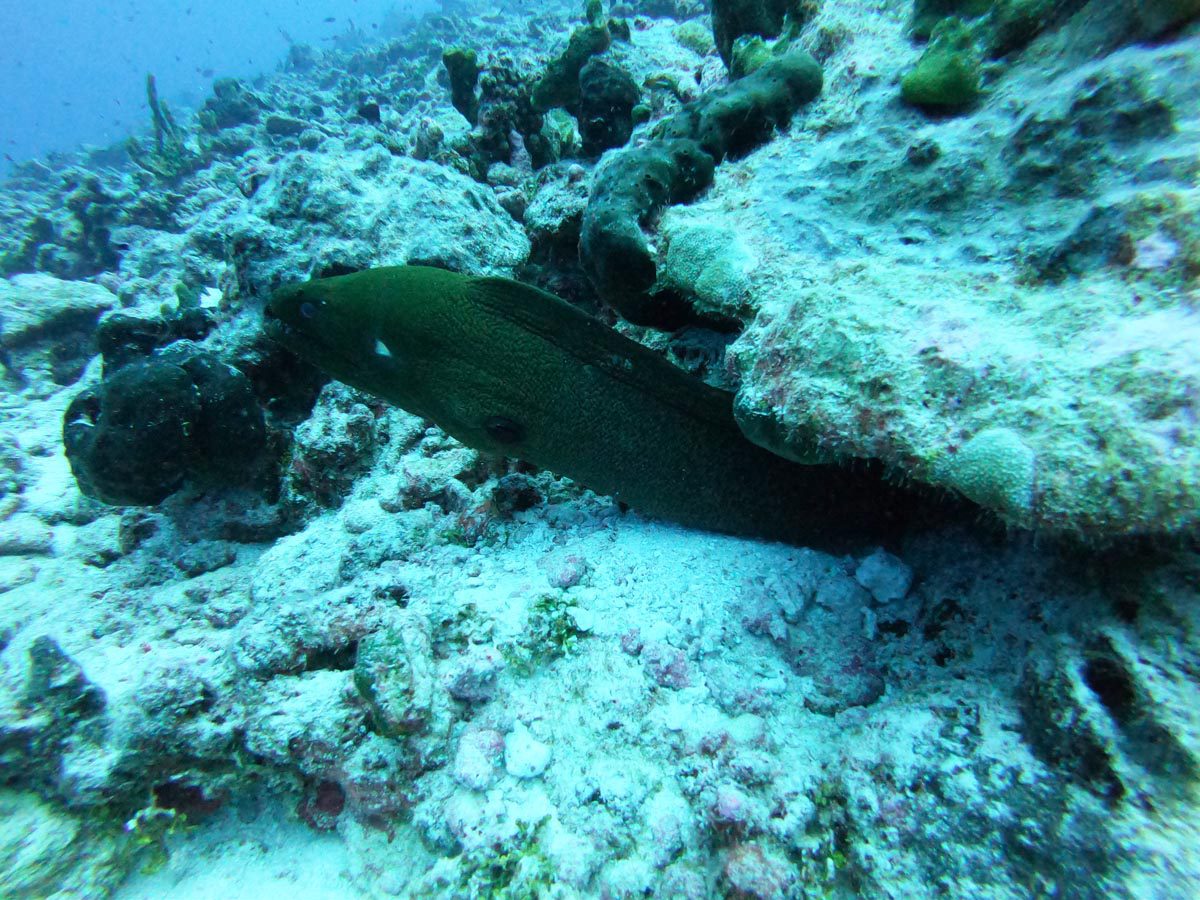
Superb beaches
Nondivers should not be deterred from visiting Rangiroa. The remote regions of the atoll hold some of the best beaches in French Polynesia. You’ll have the opportunity to visit places such as the Blue Lagoon and Reef Island, and perhaps see where some of those screensaver images might have been taken.
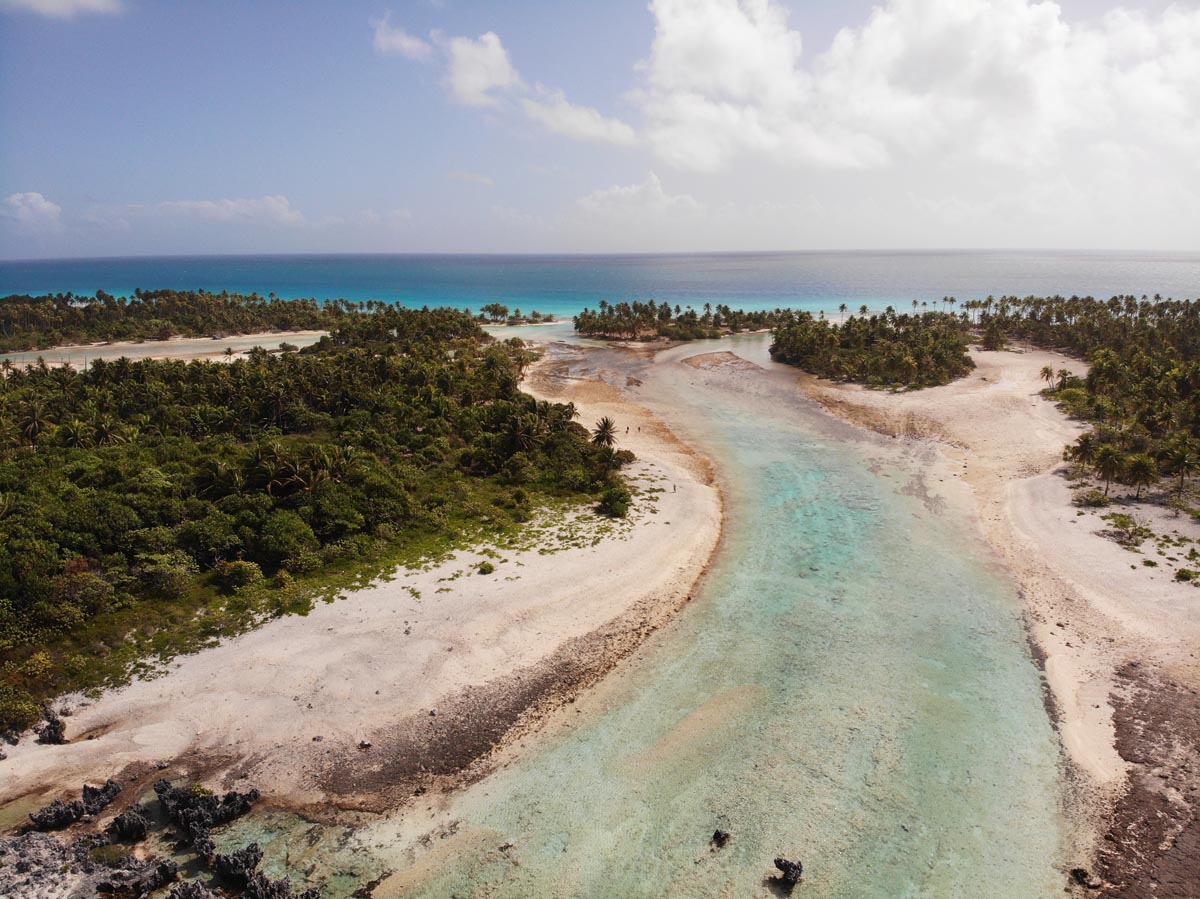
Stay in comfort
Despite its remote location, Rangiroa is well-geared to welcome tourists. You can choose to stay in simple or boutique pensions or opt for one of the pampering hotels on the island. This is not possible, at least not for now, on most of the other atolls in the Tuamotu archipelago.

What’s Included In This Rangiroa Travel Guide?
Rangiroa Travel Guide Map
This companion map features all the highlights mentioned in the Rangiroa travel guide. Click on the image to open in Google Maps.
Facts & Brief History
Before diving into what Rangiroa has to offer, let’s briefly discuss the uniqueness of the island and its archipelago.
The Tuamotus Atolls
Rangiroa is part of the Tuamotu Archipelago of French Polynesia. Consisting of 78 islands and atolls, the Tuamotus form the largest chain of coral atolls in the world, covering an area of the South Pacific roughly the size of Western Europe!

An atoll is all that’s left of a once ‘proper’ island that had a mountainous center surrounded by a lagoon, like Bora Bora, Maupiti, and the rest of the Society Islands. At some point, the extinct volcano began to sink slowly, and all that was eventually left was the coral reef that once surrounded the giant. The atoll sits slightly above sea level, with palm trees being its tallest features. As long as the coral can keep growing upward, the atoll will survive.


Atolls do not usually wholly encircle the lagoon. Where rivers once flowed from the mountains into the ocean, coral could not form. These are known as lagoon passes. Some passes are deep enough for ships to travel through, and they also serve the purpose of draining the lagoon during the tides.
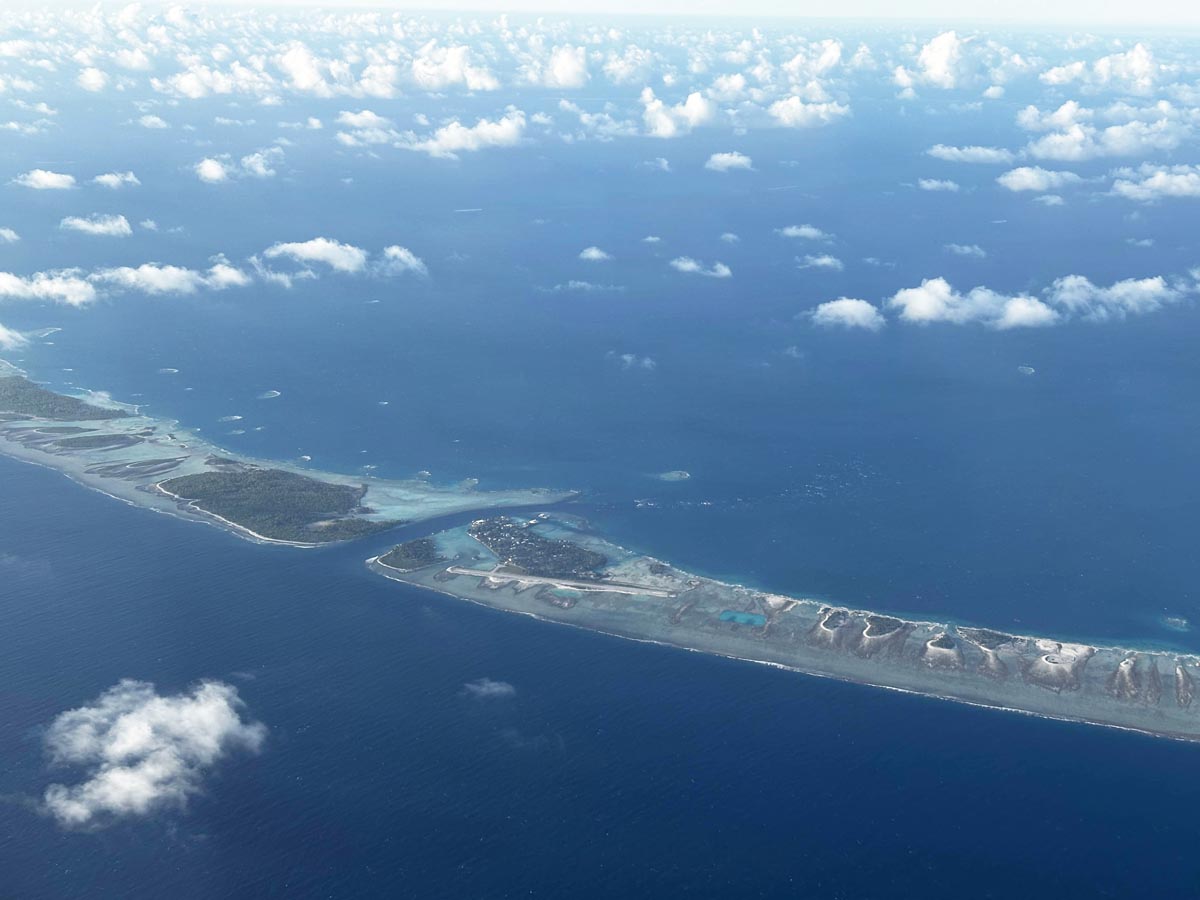
Not much grows on an atoll, and there are hardly any freshwater reservoirs. While ancient Polynesians managed to settle here sometime after 1000 AD, the first European visitors did not find much interest in these flat, infertile, and odd-looking islands.
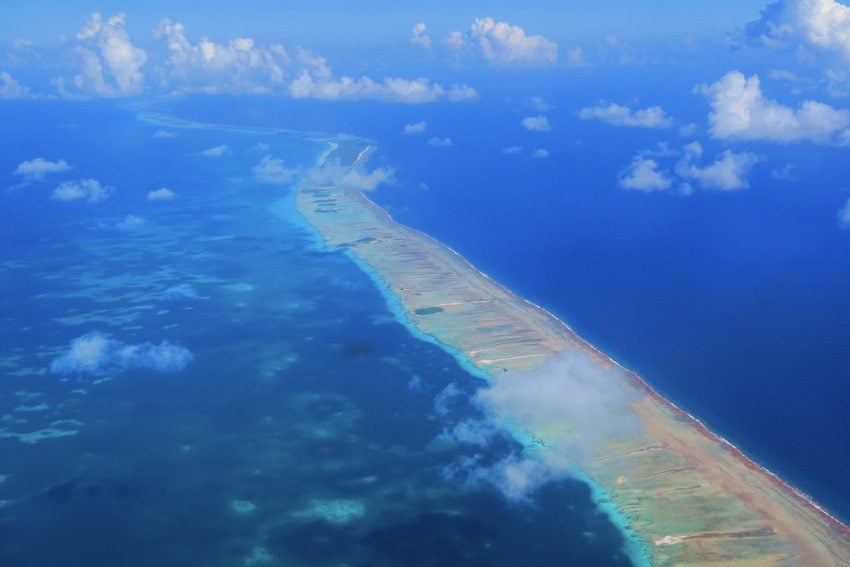
In the 1970s, the French government took advantage of these remote atolls to test nuclear weapons. The deep enclosed lagoons were ideal grounds for testing, and though this practice has long been halted, its aftermath is a HUGE issue for islanders until this very day.
These days, the economy of the Tuamotu Atolls heavily relies on black pearl farming, copra production, fishing, and scuba diving-oriented tourism.

Rangiroa
Rangiroa is the largest atoll in the archipelago and the second-biggest atoll in the world. In fact, it is so big that you can fit the entire island of Tahiti inside and still have some leftover space. Its lagoon, accessed via the Tiputa and Avatoru passes is so massive, that it has its own weather patterns and horizon (you cannot see the other side of the atoll from any point). The atoll comprises over 400 small motu (islets) connected, with the bulk of its roughly 3,000 residents living in villages near the passes.

